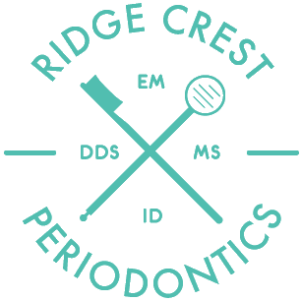A periodontist is a particular type of dentist. Periodontists, like ourselves, specialize in diagnosing, treating, and preventing periodontal disease. That’s just a fancy way of saying “gum disease.”
You may be wondering why there is a distinction between periodontists and your regular run-of-the-mill dentist. After all, any dentist can identify gum disease in their patients, right? We’re willing to bet that your family dentist has probably checked your gums and teeth for gum disease during regular dental visits. You know, those times they prodded the spaces between your teeth and gums with a sharp pick, one by one, while writing numbers down.
Getting checked for gum disease can sometimes be an uncomfortable experience, it is nevertheless an essential part of regular dental checkups. Your dentist should be doing this about once per year. If your dentist suspects that you might be developing gum disease, they will likely refer you to a specialist – in this case, that specialist will be a periodontist near you.
So, what makes us different from your family dentist? Great question. While we have also attended and graduated from dental school, our periodontal training continued for at least three more years. This specialized training equips periodontists like us with additional skill sets that allow us to go above and beyond what a typical dentist can do.
In other words, we get down and dirty to root out the causes of serious dental issues that our patients are experiencing – so we can fix them.
What Is Periodontal Disease?
Periodontal disease is the chronic infection and inflammation of the gums and bone structures that support our teeth. Periodontal disease is also called “gum disease.” However, this disease affects more than just gums. If left untreated, periodontal disease can cause some severe issues. We’ll discuss those issues a bit more later on. But first, we want to explain how gum disease begins in the first place.
Periodontal disease primarily affects adults. While children can develop gum disease, it doesn’t happen as often as it does with older people. Also, gum disease occurs more often in men than in women. And if people use tobacco products, the risk of developing gum disease becomes much more significant.
Periodontal disease is caused by bacterial infections in the tissues that surround our teeth. While your body is perfect, in most cases, at fighting off infection, sometimes there are factors in play that our immune systems cannot effectively counter. Let’s start at the beginning to understand how this bacteria starts its destructive journey through your mouth.
The Beginning Of Gum Disease
We all know we should bruise and floss our teeth at least twice daily. Regular and effective dental hygiene is usually needed to keep our teeth and gums healthy. That, and regular dental checkups two times per year. However, some people become complacent. They might only brush their teeth a few times per week. They also might be skipping out on regular cleanings at their dentist. When this happens, a chain of events begins to play out.
Poor dental hygiene allows harmful bacteria to accumulate on our teeth and gums. As these organisms multiply, they form what we call “plaque” on and around our teeth. Plaque is that “film” that you can scratch off your teeth after a day or two without brushing. If this plaque is allowed to remain, it turns into tartar.
Tartar is a hardened substance that bruising and flossing have difficulty removing. Tartar is what your dentist scrapes off your teeth during your regular checkups. The problem with tartar is that if it is allowed to accumulate, it will eventually begin to form inside your gum line. When that happens, bacteria multiply between your gums and teeth. And because tartar is difficult to remove, that bacteria now have a fortified breeding ground to spread in.
Eventually, the bacteria erode the tissues that support your teeth under your gum line. It’s only a matter of time before an infection develops. This is officially the beginning of gum disease.
When Periodontal Disease Becomes A Major Problem
If allowed to progress, that bacteria destroys your teeth’ roots. The tissues in and around your teeth swell up and become painful. Your breath becomes very smelly. Chewing becomes painful. Teeth eventually loosen and may even begin to fall out. As the disease further develops, it begins to attack the bones in the jaw. In severe cases, the infection can even enter the bloodstream and spread throughout the body. This can lead to life-threatening complications.
How Do Periodontists Treat Gum Disease?
This is where our additional and specialized training comes into play. To combat gum disease, your periodontist has many weapons at their disposal. Your periodontist may perform scaling and root planing (cleaning the teeth’ roots) to stop the infection before it gets too bad. Infected tissue may have to be removed altogether (this is called debridement).
And, in severe cases of advanced gum disease, your periodontist might even have to perform surgery on infected bone tissue within your jaw. Regular dentists don’t do this – only periodontists do.
Finally, if teeth are too far gone to be saved, your periodontist might place dental implants to replace teeth destroyed by gum disease.
How To Avoid Periodontal Disease
If you feel like you need to brush your teeth after reading all this, we don’t blame you. Go ahead and do that right now. Don’t worry; we’ll wait for you!
The next thing you should do right away is called Dr. Moulton at Ridge Crest Periodontics and schedule a checkup. We’ll give your teeth and gums a good “once over” and check to ensure that you are not at risk of developing gum disease. And, if there are signs of problems on the horizon, we’ll get you on track to stop gum disease in its tracks.
We will help you develop a treatment plan to improve your dental hygiene, prevent gum disease, and help you keep your smile bright and healthy.



